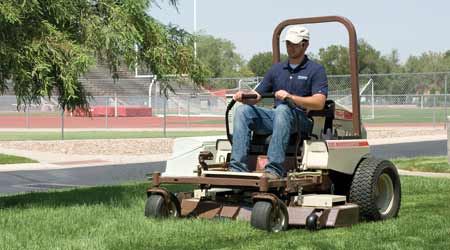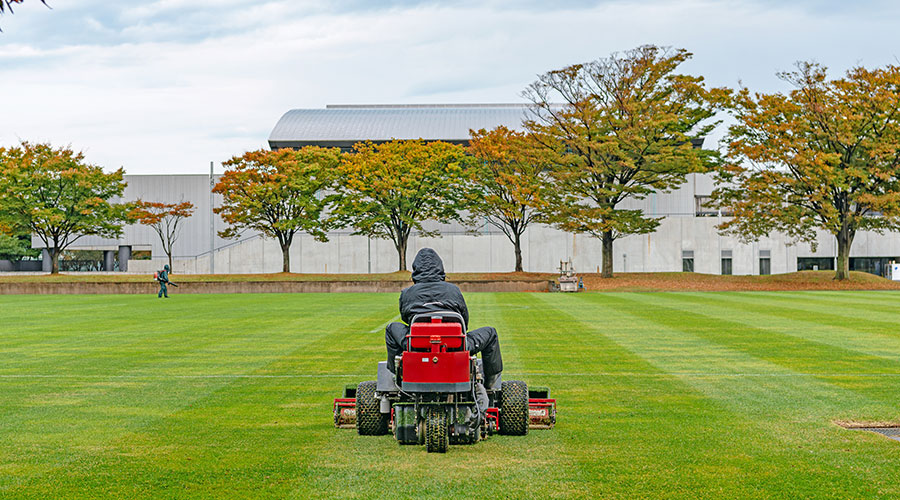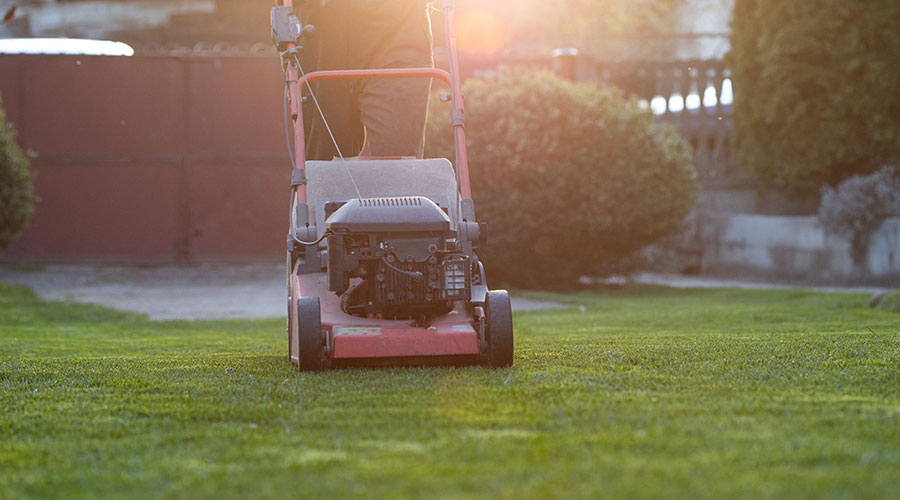 Managers calculating a mower’s total cost of ownership need to consider costs related to planned length of ownership, warranties, insurance, and maintenance plans.
Managers calculating a mower’s total cost of ownership need to consider costs related to planned length of ownership, warranties, insurance, and maintenance plans.Mowers: 6 Factors in Repair-or-Replace Decision
From repair history to mowing needs, managers need to weigh key issues to determine the best option
Mowers are the backbones of many grounds departments. One of the most important tasks that grounds crews perform throughout the entire growing season is keeping turf neatly trimmed, so it is critical that managers ensure their departments’ mowers can deliver performance, week after week.
In assessing mower performance and department needs, managers need to ask whether it is more cost-effective to continue repairing an existing mower or to replace it. How many seasons can a manager expect to get out of a mower before replacement becomes the best option?
Managers facing this decision need to consider a number of factors in answering these questions.
Total cost of ownership
The first factor to consider is the total cost of ownership. Managers can calculate this number by starting with the known and anticipated costs.
First, there is the price of the unit plus all finance charges. If the department is leasing instead of financing, include the lease factor and other associated fees.
Next, figure in efficiency costs:
• service requirements, which typically include oil changes, lubrication, blade sharpening, and replacement of belts, filters and tires
• fuel type and the amount the unit burns per hour.
Then add other aspects of the total cost of ownership equation, such as:
Length of ownership. Managers can easily figure the yearly cost if they know they will be turning it over when the warranty expires. If the intent is to keep it past the warranty period, forecast the additional maintenance and repair costs.
Warranty. Managers need to understand covered repairs, recommended extra repairs and services that are not covered, and the duration of the warranty.
Maintenance plans. Many equipment dealers offer a service plan to ensure owners properly complete recommended maintenance. By including the service plan in the initial purchase, managers not only know the annual maintenance costs. They also will get the best performance and longevity out of the equipment.
Combined with insurance costs, these items will help managers better understand the number of years it is cost-effective to keep a mower. Remember, once the service plan expires and the equipment is beyond the warranty period, owners are responsible for the costs of routine maintenance and needed repairs.
Fortunately, the evolution of mower manufacturing technology is creating more durable mowers with less-demanding maintenance requirements, all of which can extend the investment if operators and mechanics take proper care of the equipment.
Related Topics:















